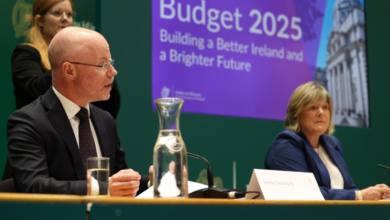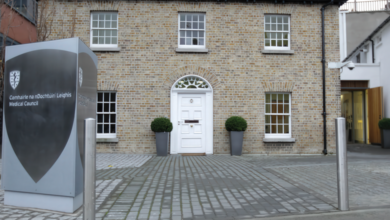Nursing home consolidation poses ‘significant risk’

Overreliance on a small number of owners dominating the private nursing home market could pose a “significant risk” to the sector and its tenants if a financial shock were to occur.
A report on the regulation of nursing homes between 2009 and 2024, published in October 2024 by the Health Information and Quality Authority (HIQA), states that “many smaller, local nursing homes, especially in rural Ireland, have closed in recent years, leading to a loss of these community-based homes”.
The HIQA report further demonstrates the trend towards larger nursing homes with more beds. In addition, the profile of nursing home ownership in the sector is changing, with evidence of consolidation by large corporate groups.
If one of these organisations experience financial challenges in the future – a trend which may emerge if the ongoing housing crisis is not resolved in the medium to long term – the report warns that this would pose a “significant risk to the nursing home sector and impact significantly on the people living in these centres”.
“Nursing homes are growing in size and catering for larger numbers while smaller nursing homes are likely to close,” the HIQA states.
On care, the report is more positive, stating that “significant progress” has been made in enhancing the quality of care in nursing homes, although continued improvement is necessary.
The HIQA further says that nursing home care has moved away from a medical, institutional model towards a social model of care, explaining that the HIQA has sought to embed a “human rights approach” to care in the sector.
The report further stipulates that the Chief Inspector’s approach to regulation has “evolved over the years, including changes to its inspection process, using IT to better support regulation, and an increased emphasis on promoting the voice of residents”.
Over the 15-year period, the report states that HIQA’s Chief Inspector of Social Services, through the regulatory framework regulatory framework and her regulatory powers, has driven “improvements in the sector, working to ensure that residents are protected and are receiving safe, quality care and support”.
Carol Grogan, Chief Inspector of Social Services in HIQA says: “Over the past 15 years, we have consistently seen how important the relationship between regulatory compliance and good governance and management is in nursing homes.
“Many providers have worked hard to improve their compliance, resulting in stronger governance and management arrangements being put in place. This has led to better outcomes for residents and tangible improvements to their lived experiences. Many services are now providing care that is more person centred, with residents exercising more choice, enjoying a greater degree of privacy and dignity and being supported to live more meaningful lives.”





